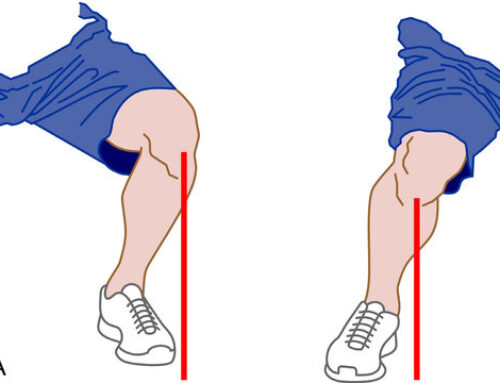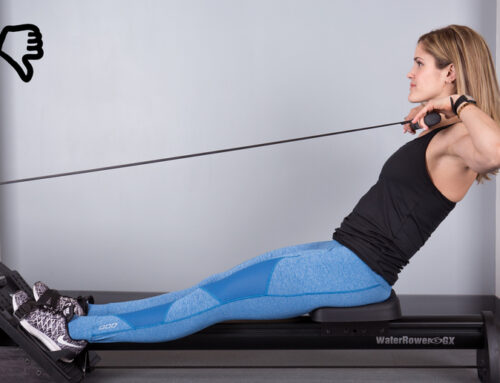Muscle imbalance: why does it occur?
Muscle imbalances are one of the main causes for injuries, strains and the pain that occur during daily physical activity and workouts. A muscle imbalance occurs when there is disharmony in the body's musculature, due to poor posture or repetitive movements. This has important implications in day-to-day life. This is because they affect the position of the joint at rest and change the trajectory during movement, so the exercises are not preformed correctly.
Why do muscle imbalances occur?
Muscle imbalances can also be caused by overuse or the wrong type of use. This is because each joint is surrounded by muscles that produce and control movement.
But if the muscles on one side of a joint become too tight from overuse, the muscles on the other side can weaken from the lack of use, resulting in muscle imbalance.
Causes in athletes
The most common cause of muscle imbalance in athletes is repetitive movements. This is because, due to overuse, the muscles shorten, forcing them to remain in a state of semi-contraction. This causes the joint to change position. To avoid this, it is necessary to identify movement patterns and train with antagonistic or compensatory gestures.
Bad posture and poor technique in the execution of exercises is also a cause of muscular imbalance during sports practice. This is one of the additional reasons to be taken into account.
Another reason why muscular imbalance occurs in athletes is the performance of exercises in a single plane of movement. By not training in varied planes, we insist on restricted work, limiting the trajectory.
Causes in general population
As in sports, repetitive movements are the main cause of muscle imbalance. In this case, the problem is aggravated when everything is done with the same limb or to the same side. There is a tendency to always use the same hand, the same foot or the same gesture.
Another common cause of muscle imbalance is prolonged sitting. This forces the hips to be flexed for a long time, shortening the musculature. This causes a change in the joints in this area, which implies tensions that affect the back.
Muscle imbalances are one of the main causes for injuries, strains and the pain that occur during daily physical activity and workouts. A muscle imbalance occurs when there is disharmony in the body's musculature, due to poor posture or repetitive movements. This has important implications in day-to-day life. This is because they affect the position of the joint at rest and change the trajectory during movement, so the exercises are not preformed correctly.
Why do muscle imbalances occur?
Muscle imbalances can also be caused by overuse or the wrong type of use. This is because each joint is surrounded by muscles that produce and control movement.
But if the muscles on one side of a joint become too tight from overuse, the muscles on the other side can weaken from the lack of use, resulting in muscle imbalance.
Causes in athletes
The most common cause of muscle imbalance in athletes is repetitive movements. This is because, due to overuse, the muscles shorten, forcing them to remain in a state of semi-contraction. This causes the joint to change position. To avoid this, it is necessary to identify movement patterns and train with antagonistic or compensatory gestures.
Bad posture and poor technique in the execution of exercises is also a cause of muscular imbalance during sports practice. This is one of the additional reasons to be taken into account.
Another reason why muscular imbalance occurs in athletes is the performance of exercises in a single plane of movement. By not training in varied planes, we insist on restricted work, limiting the trajectory.
Causes in general population
As in sports, repetitive movements are the main cause of muscle imbalance. In this case, the problem is aggravated when everything is done with the same limb or to the same side. There is a tendency to always use the same hand, the same foot or the same gesture.
Another common cause of muscle imbalance is prolonged sitting. This forces the hips to be flexed for a long time, shortening the musculature. This causes a change in the joints in this area, which implies tensions that affect the back.





